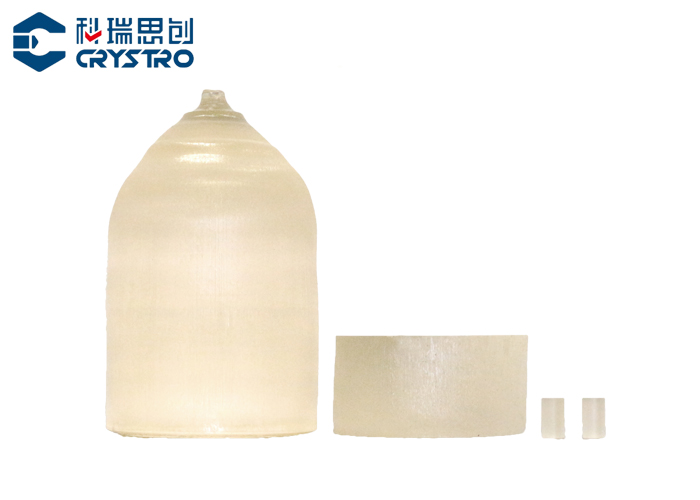Magneto-optic crystals have revolutionized optical technology, enabling advancements in telecommunications, data storage, and sensing. To fully harness their capabilities, it is essential to understand the fabrication techniques that give rise to their unique properties. In this blog, we will delve into the intricacies of magneto-optic crystal fabrication, exploring key methods that pave the way for unlocking their full potential.

The Bridgman-Stockbarger Technique:
The Bridgman-Stockbarger technique stands as one of the primary methods for fabricating magneto-optic crystals. This process involves melting the raw materials and slowly cooling them to form a single crystal. By carefully controlling the temperature gradient, crystal growth occurs in a specific direction, resulting in high-quality magneto-optic crystals. Renowned for its precision, this technique is widely used to produce crystals with excellent optical and magneto-optic properties.
The Czochralski Method:
Another prominent method in magneto-optic crystal fabrication is the Czochralski method. This process involves dipping a seed crystal into a molten material and slowly withdrawing it, allowing a single crystal to form. The Czochralski technique enables the production of larger crystals with well-defined orientations. Its scalability and ability to yield crystals suitable for various applications, such as Faraday rotators and optical isolators, make it a favored method in the field.

The Sol-Gel Process:
The sol-gel process has gained prominence as a versatile method for magneto-optic crystal fabrication. It involves synthesizing a gel from a solution, followed by drying and heat treatment to form the crystalline structure. This technique offers the advantage of producing thin films of magneto-optic materials, opening up possibilities for integrated optics and miniaturized devices. With the sol-gel process, customizing the composition of the crystals becomes feasible, making it a valuable approach for creating tailored magneto-optic materials.
Applications and Advancements:
Understanding these fabrication techniques is crucial for advancing magneto-optic crystal technology. These crystals find applications in diverse fields, enhancing data storage capabilities and enabling efficient optical communication systems. Ongoing research and development continue to refine fabrication methods, aiming to improve crystal quality, reduce production costs, and unlock new applications.
As we unveil the secrets behind magneto-optic crystal fabrication, it becomes evident that the choice of technique plays a pivotal role in determining the crystal's properties and applications. The Bridgman-Stockbarger, Czochralski, and sol-gel methods each contribute uniquely to the growing landscape of magneto-optic technology. By staying informed about these fabrication techniques, we pave the way for future breakthroughs and innovations in this captivating field. With ongoing advancements, magneto-optic crystals will continue to drive progress in optical technology, opening up new possibilities for a wide range of industries.
As a leading supplier and exporter in the field of magneto-optic crystals, we are dedicated to providing top-quality products and exceptional export services. Our expertise in fabrication techniques ensures that we deliver the highest standard of magneto-optic crystals to meet your specific requirements. Visit our website to explore our comprehensive range of superior products and discover how our commitment to excellence can elevate your projects to new heights.

